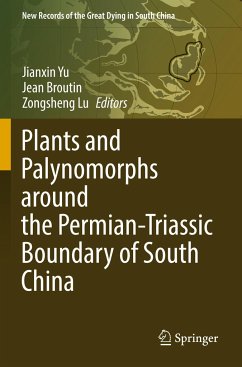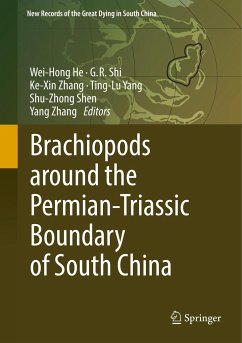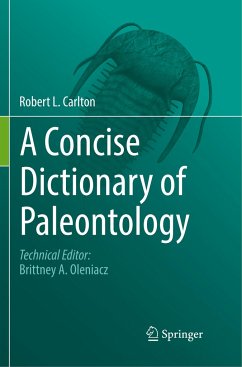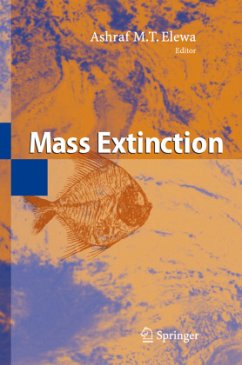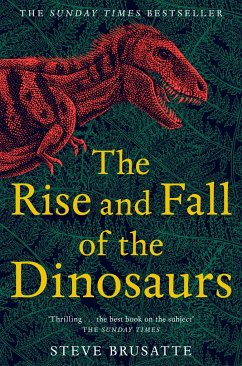Professor Jianxin Yu works at the State Key Laboratory of Biogeology and Environmental Geology and School of Earth Sciences, China University of Geosciences, Wuhan, China. Her research interests involve the Permian-Triassic plants and palynomorphs, Mesozoic to Cenozoic palynomorphs and paleoclimatic evolution. She obtained her Ph.D. degrees at University Paris VI (Université Pierre et Marie Curie) and China University of Geosciences and has also worked at University Paris VI (Université Pierre et Marie Curie) as a visiting researcher. She has served as the chief scientist of several NSFC projects and has published more than 50 peer-reviewed scientific papers, covering Global and Planetary change, Earth Science Review, as well as Review of Paleobotany and Palynology. Professor Jean Broutin works at History of the Earth (National Museum of natural History) and University Pierre & Marie Curie, where he was the head of the research team "Paleobotany and Paleoecology". His research interests involve the late Paleozoic and Mesozoic plants, palynomorphs, taphonomy and paleoclimate. He has served as the chief scientist of several CNRS projects and other international competitive research grants. He has published more than 190 peer-reviewed scientific papers, covering Earth Science Review, Review of Paleobotany and Palynology, Journal of Asian Earth Sciences, as well as Palaeogeography, Palaeoclimatology and Palaeoecology. Professor Zongsheng Lu works at the State Key Laboratory of Biogeology and Environmental Geology and School of Earth Sciences, China University of Geosciences, Wuhan, China. His research interests include the Triassic-Jurassic plants, trace fossils and sedimentary. He worked at Queensland University as a visiting scholar. He has served as the chief scientist of several NSFC projects and has published more than 45 peer-reviewed scientific papers.





